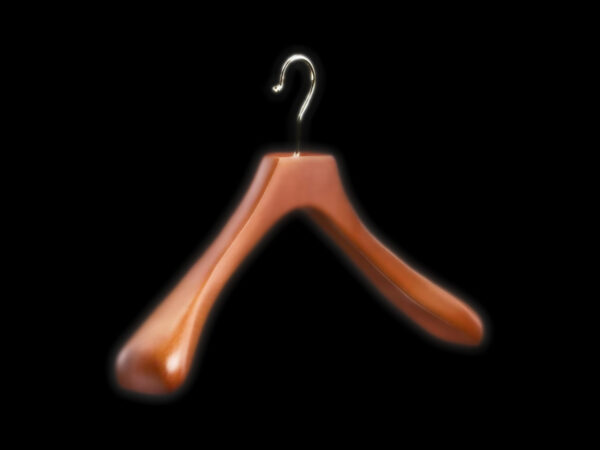How the travel company Wheel the World is making Machu Picchu more accessible to visitors of all abilities
Wheel the World, a travel company that supports an active, explorative lifestyle for people with disabilities, is now giving wheelchair-accessible tours of the iconic Peruvian landmark Machu Picchu. The company is using the specialized Joëlette trekking wheelchair to allow its users to trek the Inca Citadel. Resembling a wheelbarrow, the wheelchair is designed with one wheel and two sticks, making it light enough for the user to use comfortably over rocky terrain with the assistance of a trained guide.
Considering that Machu Picchu receives over half a million visitors each year, these new tours will be an important move in combating stereotypes that people with disabilities can’t still lead mobile, energetic lives. In a culture where information is swamping our screens with increasing speed, we are vulnerable, now more than ever, to disillusionment—to taking the Instagram posts we scroll through, the people we encounter, the sites we travel to, at face value. It is important to take stock of our surroundings and ask how we can make them more inclusive, especially where marginalized communities are concerned. The saccharine, wanderlusty sentiment to “just grab your bags and explore the world” is an inspiring one, but not one that everyone has the fiscal or physical means to adopt.
“Accessible does not mean inclusive,” Wheel the World co-founder Camilo Navarro told CNN Travel. “There are one billion people [in the world] with disabilities. But there’s not one main travel company dedicated to these users.
This conversation of inclusivity is also being held in the art industry with over 75 New York City galleries, a list that includes David Zwirner and Gagosian, being sued for violating the American with Disabilities Act. The cited reason for these lawsuits is that the galleries’ websites aren’t adequately accessible to people with hearing and vision impairments. Under Title III of the Act, companies must grant consumers with disabilities “the full and equal enjoyment of public accommodations.” The law, however, was put into place in 1990, years before the internet became the ubiquitous force it is today. The Justice Department began to draft updated regulations in 2010, but the Trump administration, in a questionable move, suspended these efforts at the end of 2017, claiming that it would first evaluate whether “promulgating regulations about the accessibility of web information and services is necessary and appropriate.” This has left gallerists wondering what steps they should take next. Gallerist Mark Borghi, the owner of Mark Borghi Fine Art, for example, is left asking: “How do you describe a black and white Franz Kline? Or any abstract picture, how do you describe it and to what depth of description does one need to put?”
But to the lawyers suing the galleries, Joseph H. Mizrahi and Jeffrey M. Gottlieb, this “wondering” is merely a facile attempt at appearing guiltless. “This law has been around for a long time, and just like any other law, you can’t plead ignorance as a defense,” Gottlieb emphasized in an article for The New York Times. “They knew they should have fixed the websites. But we find that once you have a lawsuit, that’s when they fix their websites.”
In the same article on the unfolding drama, Georgina Kleege, a lecturer at University of California Berkeley, emphasized that “even people who are born totally blind live in a visual culture. It’s a social justice issue in terms of inclusion. People need to have access to cultural institutions as much as to other institutions.”As we strive to foster a more conscious and inclusive world, at times it can feel like when we take one step forward, we take three steps back. If climbing a vast mountain ridge to see one of the great wonders of the world can be an opportunity made possible for everyone, so too should logging online to view and learn more about your favorite artist’s new exhibition. Gallery owners affected by the lawsuits are each expecting to reach settlements between $10,000 to $15,000. But here’s to hoping that the payout extends beyond their business bank accounts and towards legislative action, providing a new foundation for lawmakers and gallerists alike to think in a more conscientious manner about their interactions with the world’s diverse scope of consumers.




